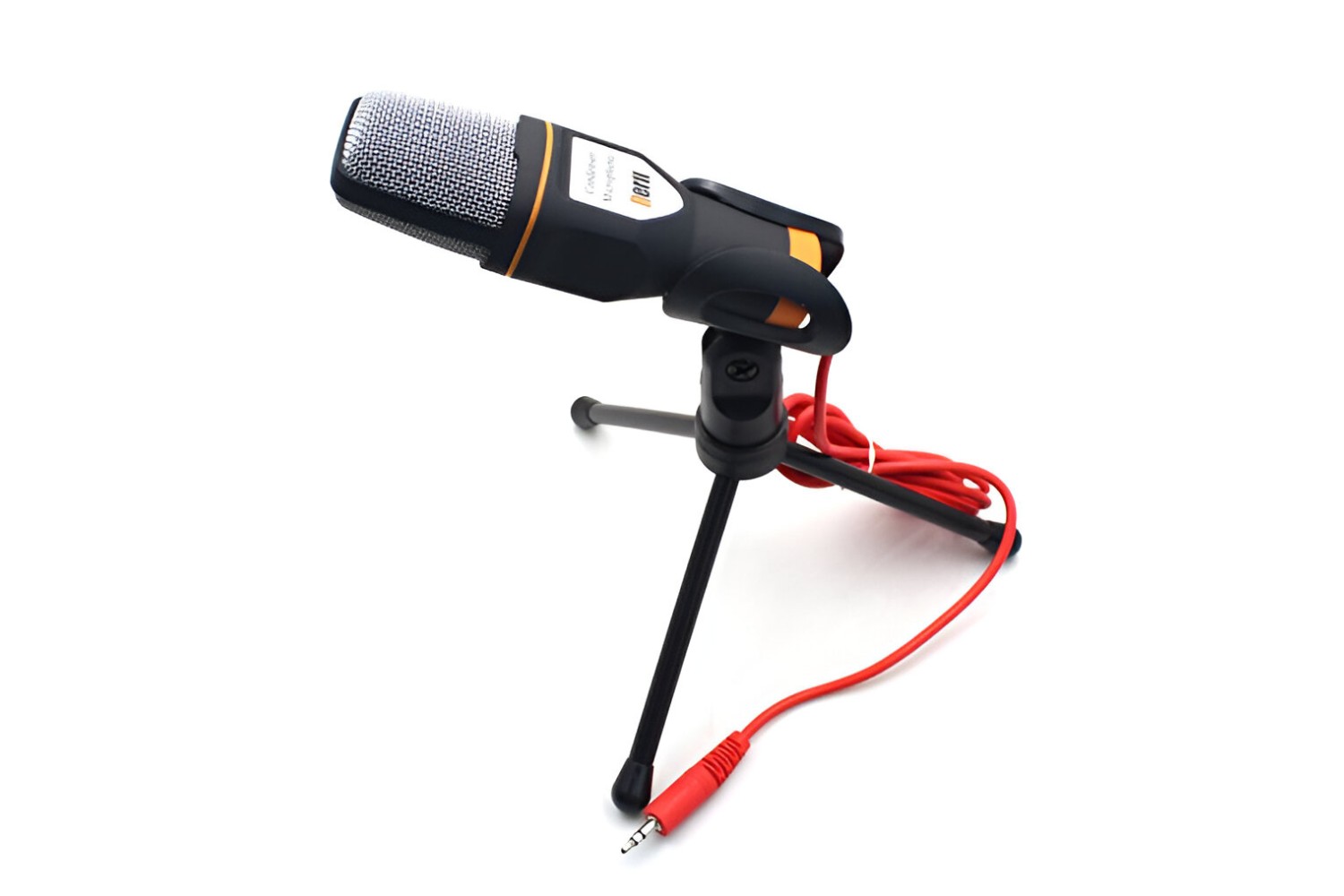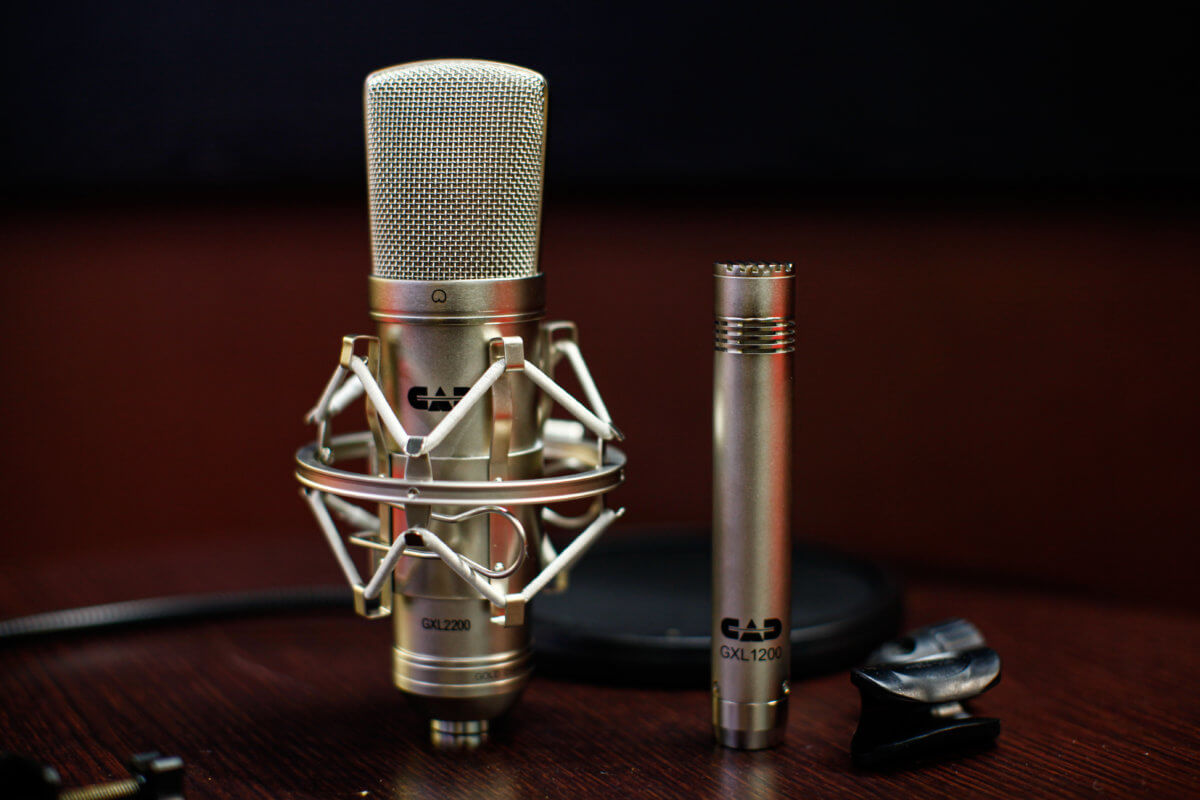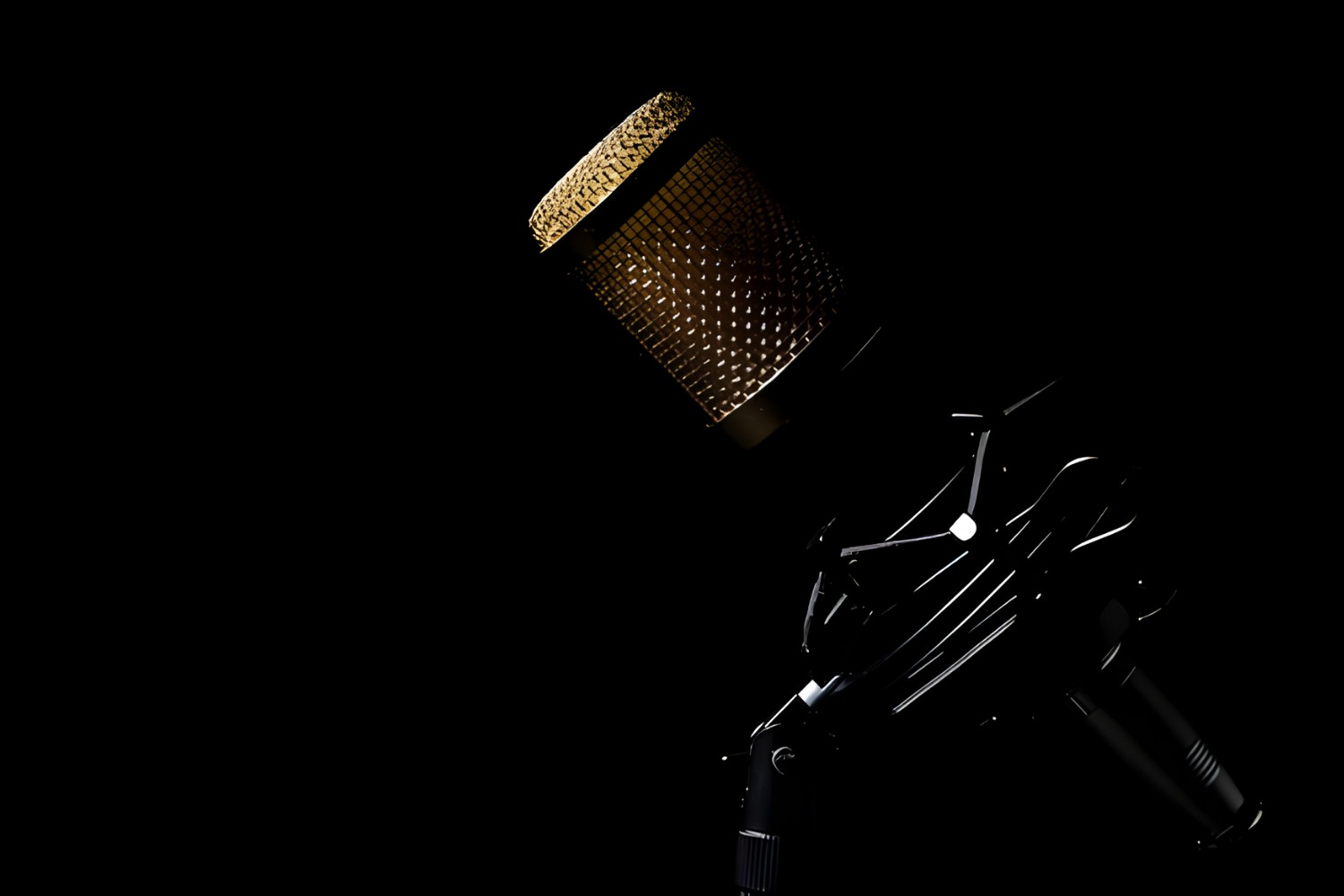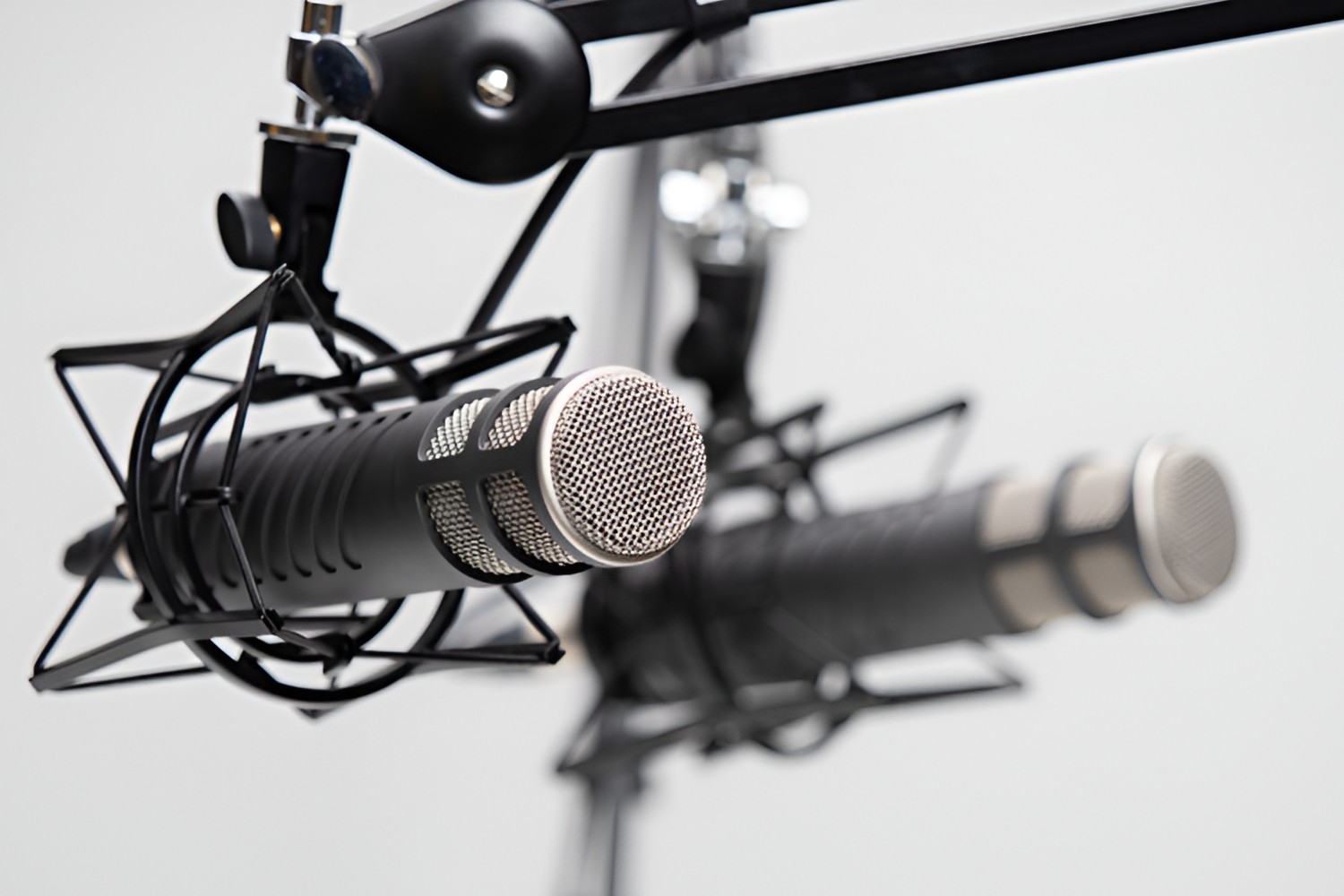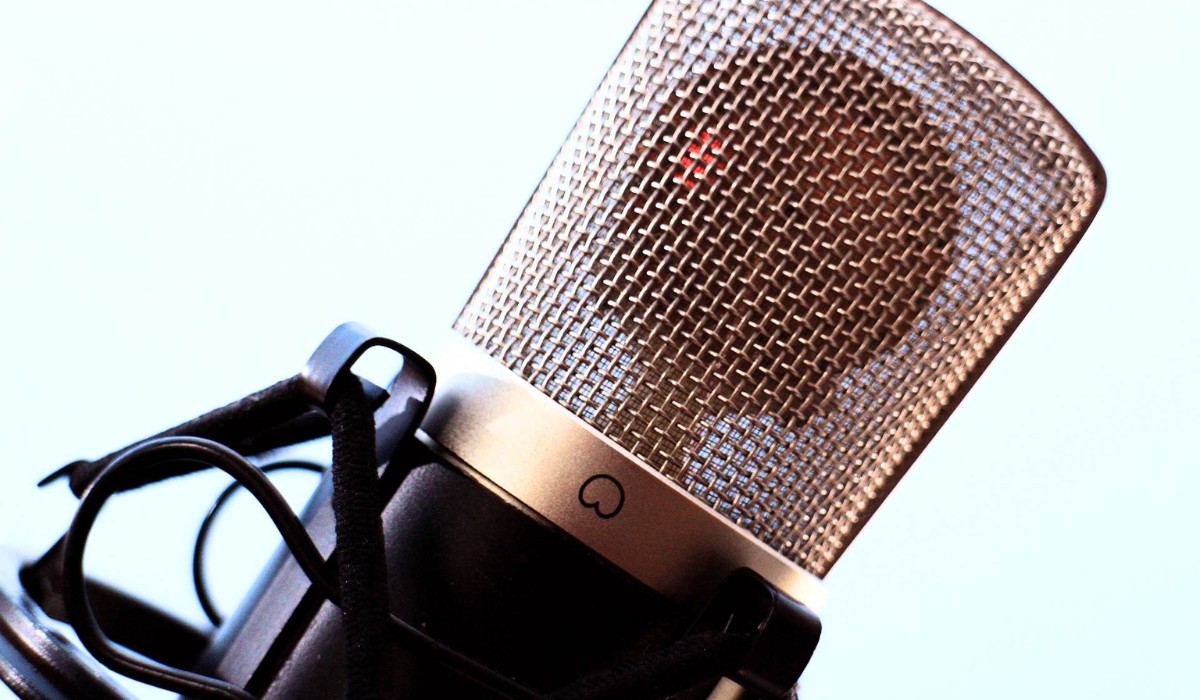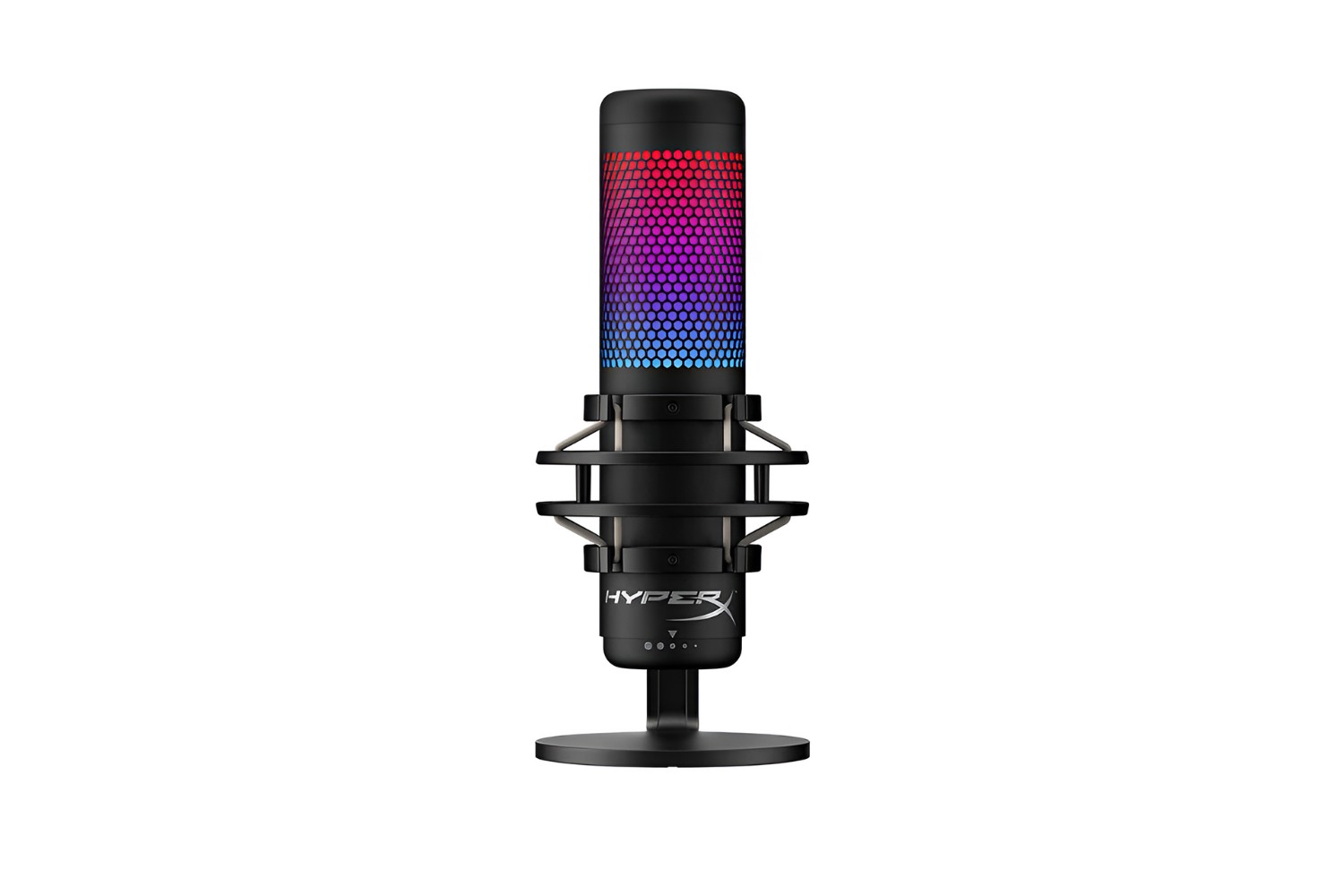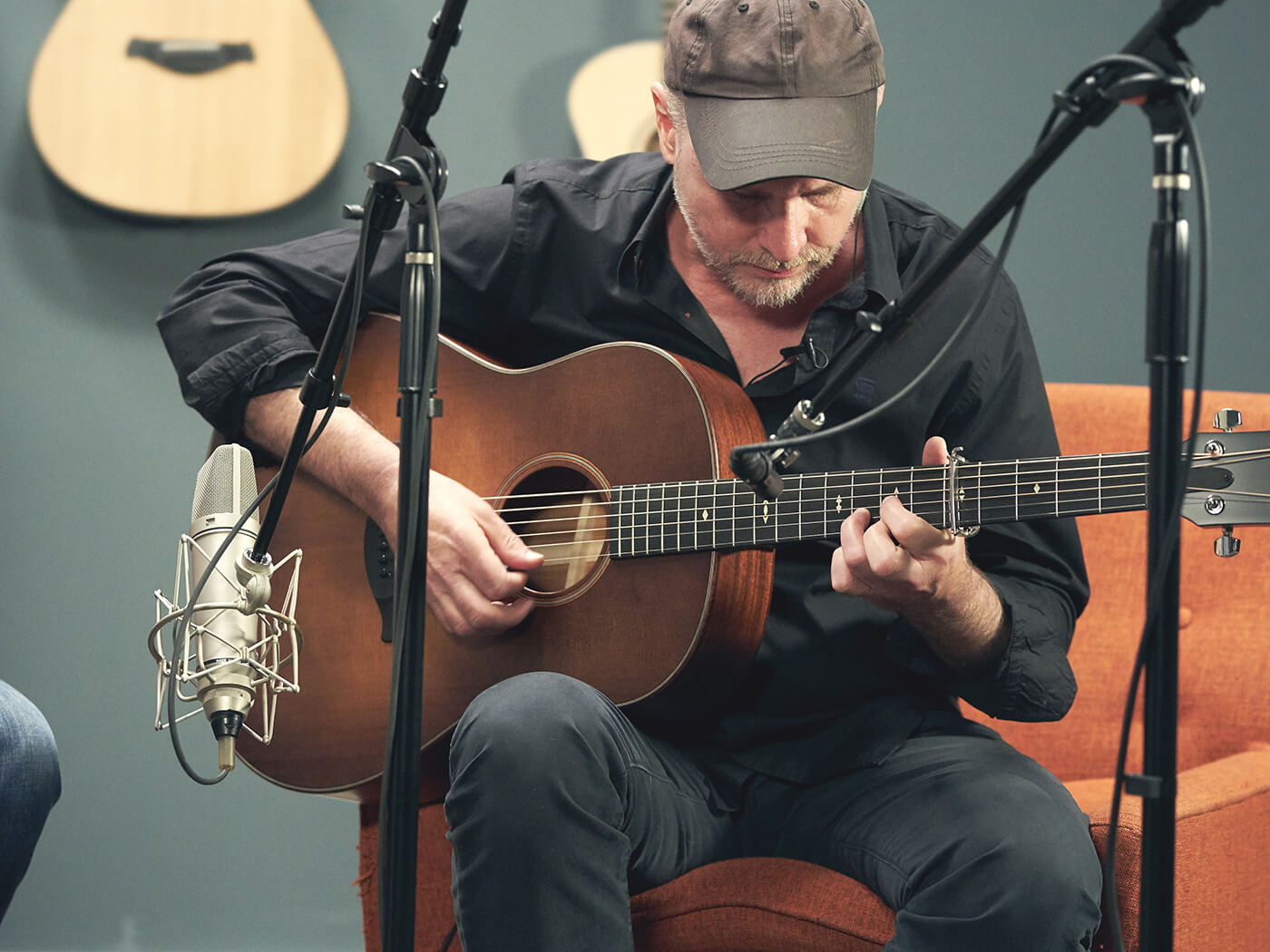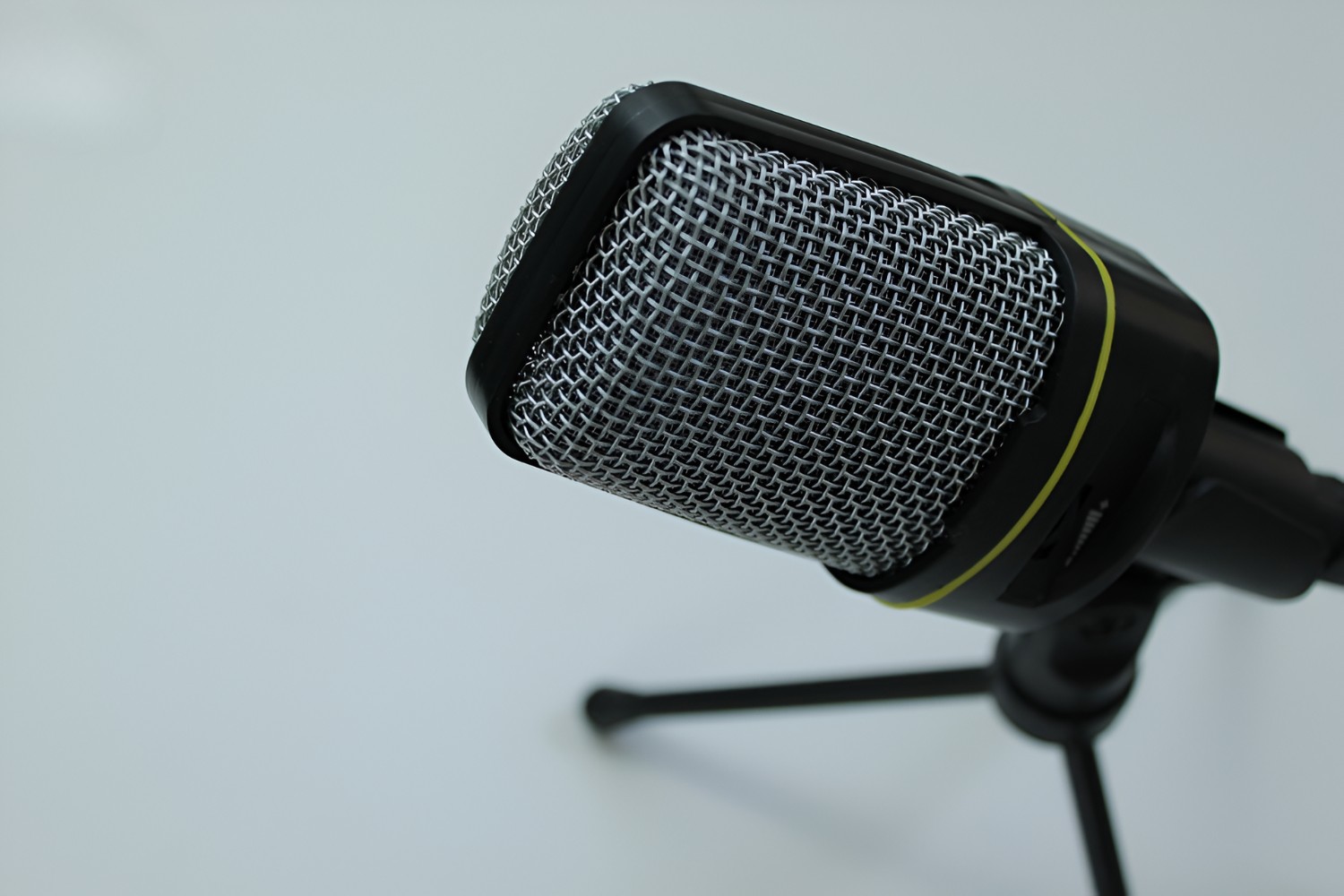Introduction
Understanding the Impact of Background Noise on Audio Recordings
Background noise can be a persistent nuisance when it comes to audio recordings, whether you are a podcaster, musician, or content creator. It has the potential to compromise the clarity and quality of your recordings, detracting from the overall listening experience. Understanding the nature of background noise and learning effective strategies to mitigate its impact is crucial for producing professional-grade audio content.
In this comprehensive guide, we will delve into the intricacies of background noise, exploring its various sources and the detrimental effects it can have on audio recordings. Furthermore, we will discuss practical tips and techniques for minimizing background noise during recording sessions. Additionally, we will focus on the application of the Rerii Condenser Microphone as an effective tool for reducing background noise and enhancing the overall sound quality of your recordings.
By gaining a deeper understanding of the challenges posed by background noise and equipping yourself with the knowledge and tools to address these issues, you can elevate the standard of your audio productions. Whether you are a novice or an experienced audio enthusiast, the insights and recommendations presented in this guide will empower you to conquer the obstacles posed by background noise and achieve exceptional audio recording results.
Understanding Background Noise
Background noise, also referred to as ambient noise, encompasses the unwanted sounds that infiltrate audio recordings, diminishing the overall quality and intelligibility of the captured content. This intrusive noise can originate from a myriad of sources, including environmental factors, electrical interference, and mechanical vibrations. Understanding the nature and origins of background noise is essential for devising effective strategies to minimize its impact on audio recordings.
One of the primary sources of background noise is environmental factors, such as traffic, wind, and air conditioning systems. These external sounds can infiltrate recording spaces, particularly in non-soundproofed environments, and compromise the clarity of audio recordings. Additionally, electrical interference from electronic devices and power sources can introduce unwanted hums, buzzes, and static into recordings, further exacerbating the issue of background noise.
Moreover, mechanical vibrations, whether from handling microphones or operating equipment, can manifest as low-frequency rumbling or high-pitched resonances in audio recordings, contributing to the overall background noise. These multifaceted sources of ambient noise pose significant challenges for audio professionals and content creators, necessitating the implementation of effective noise reduction techniques.
Furthermore, background noise can have detrimental effects on the listening experience, detracting from the intended clarity and impact of the recorded content. It can diminish the intelligibility of spoken words, obscure musical nuances, and create a distracting auditory backdrop that compromises the overall quality of the audio production. As such, mitigating the impact of background noise is paramount for achieving professional-grade audio recordings that resonate with the audience.
By gaining a comprehensive understanding of the diverse sources and implications of background noise, individuals involved in audio production can proactively address these challenges and implement targeted solutions to enhance the overall quality of their recordings.
Tips for Minimizing Background Noise
Effectively minimizing background noise during audio recordings requires a multifaceted approach that encompasses both environmental considerations and strategic utilization of audio equipment. By implementing the following tips and techniques, you can significantly reduce the impact of ambient noise and elevate the quality of your audio productions:
- Optimize Recording Environment: Select a quiet and acoustically treated space for recording to minimize the intrusion of external sounds. Soundproofing measures, such as acoustic panels and isolation shields, can help create an environment conducive to pristine audio capture.
- Strategic Microphone Placement: Position microphones away from sources of ambient noise and vibrations, optimizing their placement to capture the desired sound while minimizing extraneous disturbances.
- Use of Pop Filters and Windscreens: Employ pop filters and windscreens to mitigate plosives and wind noise, enhancing the clarity of vocal recordings and reducing the impact of environmental air currents.
- Electrical Interference Mitigation: Keep audio cables away from power sources and electronic devices to minimize the risk of electrical interference, which can introduce unwanted hums and buzzes into recordings.
- Control Room Tone: Ensure that the room tone, or the inherent background noise of the recording environment, is consistent throughout the recording session, facilitating seamless noise reduction in post-production processes.
- Utilize Noise Reduction Plugins: Leverage digital audio workstations (DAWs) and dedicated noise reduction plugins to identify and attenuate background noise during the post-production phase, enhancing the clarity and fidelity of the recorded audio.
- Employ Dynamic Range Compression: Apply dynamic range compression to audio signals to manage volume disparities and reduce the prominence of background noise without compromising the integrity of the primary audio content.
- Invest in Quality Microphones: Utilize high-quality microphones, such as condenser microphones renowned for their sensitivity and low self-noise, to capture pristine audio while minimizing the impact of ambient disturbances.
By integrating these tips into your audio recording practices, you can effectively mitigate the challenges posed by background noise, resulting in polished and professional-grade audio productions that captivate and engage listeners.
Using the Rerii Condenser Microphone to Reduce Background Noise
The Rerii Condenser Microphone stands as a formidable ally in the quest to minimize background noise and elevate the quality of audio recordings. Equipped with advanced features designed to capture pristine sound while mitigating ambient disturbances, this microphone empowers content creators and audio professionals to achieve exceptional results in diverse recording scenarios.
One of the standout attributes of the Rerii Condenser Microphone is its exceptional sensitivity and low self-noise, allowing for the precise capture of audio signals without introducing unwanted internal noise. This inherent characteristic makes it well-suited for recording environments where background noise reduction is paramount, ensuring that the primary audio content remains clear and unmarred by extraneous disturbances.
Furthermore, the Rerii Condenser Microphone boasts a cardioid polar pattern, which facilitates focused audio capture from the front while attenuating sound from the sides and rear. This directional sensitivity enables the microphone to selectively capture the desired sound source while minimizing the impact of ambient noise, making it an invaluable tool for achieving pristine recordings in less-than-ideal acoustic environments.
Additionally, the microphone’s integrated shock mount effectively isolates it from mechanical vibrations and handling noise, further enhancing its ability to maintain audio fidelity in the presence of environmental disturbances. By mitigating the transmission of vibrations to the microphone diaphragm, the shock mount contributes to the reduction of background noise, ensuring that the recorded audio remains free from unwanted sonic artifacts.
Moreover, the Rerii Condenser Microphone’s compatibility with a range of recording setups, including studio environments, home recording studios, and podcasting setups, makes it a versatile solution for addressing background noise challenges across diverse applications. Whether capturing vocals, musical instruments, or podcast content, this microphone serves as a reliable ally in the pursuit of pristine audio recordings.
By leveraging the advanced features and robust noise-reduction capabilities of the Rerii Condenser Microphone, audio professionals and content creators can confidently tackle the complexities of background noise, achieving exceptional audio quality that resonates with audiences and elevates the overall impact of their productions.
Conclusion
In the realm of audio production, the omnipresent challenge of background noise necessitates a nuanced approach to recording and noise reduction. By understanding the multifaceted sources and implications of background noise, individuals involved in audio recording can proactively implement strategies to minimize its impact and elevate the overall quality of their productions.
From optimizing the recording environment and strategically placing microphones to leveraging advanced audio equipment such as the Rerii Condenser Microphone, a comprehensive approach to background noise reduction is essential for achieving professional-grade audio recordings. The meticulous application of noise reduction techniques, both during recording sessions and in post-production processes, empowers content creators and audio professionals to deliver pristine and immersive audio experiences to their audiences.
Furthermore, the utilization of high-quality microphones, characterized by exceptional sensitivity, low self-noise, and effective shock isolation, serves as a cornerstone in the battle against background noise. The Rerii Condenser Microphone, with its advanced features tailored to mitigate ambient disturbances and capture pristine audio, stands as a testament to the instrumental role of cutting-edge audio equipment in achieving superior recording results.
Ultimately, the pursuit of exemplary audio recordings necessitates a harmonious blend of environmental considerations, technical expertise, and the strategic utilization of noise reduction tools. By embracing the insights and recommendations presented in this guide, audio enthusiasts and content creators can navigate the complexities of background noise with confidence, producing captivating and immersive audio content that resonates with their audiences.
Armed with a deeper understanding of background noise and equipped with the knowledge and tools to address its challenges, individuals passionate about audio production are poised to transcend the limitations imposed by ambient disturbances, achieving audio recordings that captivate, inspire, and endure.







